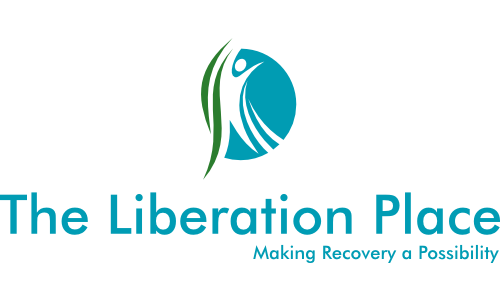Creating the Safe Place
Internal safety is often something that's lacking within our personality system, this is particularly true if external safety wasn't something that was felt in the environment when we’re growing up. Usually, this creates a Schema of Vulnerability, which gives us the constant uneasy feeling that something bad is going to happen, probably when we least expect it. As a result, we live in a state of hypervigilance, we can struggle with high anxiety because we’re constantly on guard, waiting for the shit to hit the fan. If we struggle with anxiety of any kind, it's the primary reason we need to develop our own internal safe place.
When this is used effectively, it is extremely helpful throughout the entirety of our journey into change. Especially in all of the work we do with the emotional child parts that exist within our personality system. Having a healthy sense of internal safety is often something that’s missing for many people who struggle with addictive, obsessive, and compulsive coping mechanisms, as these behaviour patterns are usually associated with a general sense of fear that gets triggered by external sources. Creating a safe space internally can bring a sense of peace to our system that supports us with the imagery work in Schema Therapy as well as when we step into combining the DBT skills of Planning Ahead and Building Mastery.
Using the Safe space meditative process is a key factor when performing the healing work associated with unburdening the parts of our personality that may be carrying a particular story about our unmet childhood needs. In Schema Therapy this is sometimes referred to as, limited reparenting and it is the very essence of re-educating our parts. This Re-education process associated with the RAAVEN exercise, which something we will talk about later, is an incredibly powerful skill to learn. When used as a replacement for our default coping mechanisms, it can provide the necessary reduction in our overwhelming emotional experience and increase the window of opportunity for the cognitive work that most of us find impossible to do when we're in a state of emotional distress.
"Creating a safe space internally can bring a sense of peace to the internal world that supports us with the imagery work associated with Schema Therapy as well as when we step into combining the DBT skills of Planning Ahead and Building Mastery."
~Steven Morris RP.
Creating our Internal Safe Place can be a difficult assignment to take on, as we may not have the memory of a safe place readily available. If this is the case for you, it's completely ok, and totally understandable. Many people who are dealing with the symptoms of unmet childhood needs, and developmental trauma don't have the physical experience of a safety in their lives. If we're not able to remember a safe place from the past, or come up with one from our current real life experiences, then we need to get creative. This is why imagination is a really essential part of our mindfulness practice, as it can help us create a fictional place we can call into our mind when feeling anxious, stressed out, or generally afraid of things that are happening in our environment.
Take some time to read through the meditation example provided on the following page so you have a good understanding of what the process looks like to create your own unique safe place. Then listen to the guided meditation provided, which is a recorded version similar to the one that's written out. Use this recording to create your safe space. This may take a few attempts to do. Once you've created your safe place, complete the exercise in the PDF attached to this page so you can continue developing this space to support your unique emotional needs, then build the practice of visiting this place into your daily activities.
The intention is to create our ability to bring the feeling of safety to our internal world even when the external world is chaotic. I personally use this exercise in my morning routine, and my night time routine, as it sets me up for success at important times of the day. At the same time, if you try this exercise multiple times and find it to be something that you simply cannot do, that is totally fine, and it does not mean you can't do this type of work. Many people struggle with creating a safe place, mainly because they’ve never experienced one in the real world so how would they know what it looks like when it comes to creating a fictional one. If this is the case for you, don’t worry, try going to the next exercise called, “Creating Your Safety Bubble” to see if that will work for you instead.
Download the PDF of this page
Follow us on Social Media





